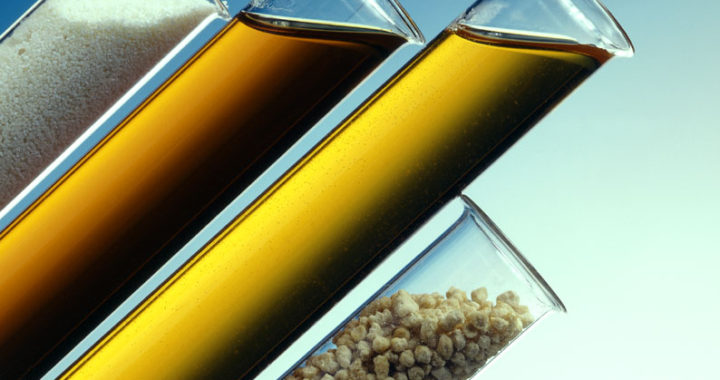Food additives are confusing. Some have long complicated names only a chemist would appreciate that are harmless and some are simple and misleading which can have detrimental effects. So what’s the deal? Let’s discuss a few.
Xanthan Gum
Xanthan gum is a thickener and emulsifier made from the fermentation of corn, wheat, or soy in bacteria. It increases shelf life and keeps oil and water from separating. It is found in sauces, salad dressings, toothpaste, and the list goes on and on. It is in most packaged foods. It is also what makes gluten-free baked goods have the same texture as others. Even though it is in most products, there aren’t many studies on it because it hasn’t been linked to anything major. It may cause stomach upset, but that is probably due to an allergic reaction to corn, wheat, or soy than anything else.
Natural Flavors
That sounds okay right? “Natural” and “Flavors”? Sounds like it should be fine, but what are they? I would think natural flavor in 100% fruit juice would just be assumed because it is made out of juice right? No, it is a mixture of up to 100 different lab processed chemicals derived from a spice, fruit, vegetable, meat, or other edible source possibly mixed with up to 90% of solvents and preservatives or other chemicals. It is used to give uniformity and improved flavors to products. It is why one bottle of juice tastes just like another rather than depending on the differing flavors of those fruits due to ripeness, drought, or other factors that differentiate each fruit. Natural flavors are usually listed last because it is the smallest amount included. Due to the limited amount in each product and because they are all different product to product, it hasn’t been associated with any harmful effects and so little research is done on this additive as well. “Artificial Flavors” are the same but they are chemicals derived in the lab. They may be the same molecularly speaking, but it is just where they obtained the base chemicals.
Lecithin
Lecithin is a type of fat used as an emulsifier in salad dressings and a stabilizer in bread. It is from egg yolks or soybeans. This type of fat is essential to our bodies and in fact has many critical benefits. It prevents hardening of cell membranes and creates a slippery lining to arteries that prevent large fatty deposits or cholesterol to stick. Therefore, it is vital in preventing or reversing damage from coronary artery disease. Soy lecithin is known for lowering bad cholesterol and triglycerides while increasing HDL (good cholesterol). Additional benefits are helping repair damage to the liver and improved memory.
Ascorbyl Palmitate
Ascorbyl Palmitate is a fat soluble form of vitamin C. It is also known as Vitamin C Ester and breaks down into ascorbic acid and palmitate, a kind of fat. It is used to increase shelf life and makes food color last longer. This is another additive that is actually good for you. Vitamin C is a good antioxidant and because it is fat soluble, it can deliver oxidizing agents faster than the water soluble form. It is also a collagen builder, so together it is now being promoted as an anti-aging ingredient. You can now find it not just in foods, but in make-up, sunscreens, and lotions.
Calcium Propionate
Calcium Propionate is used in breads and bakery products to prevent mold and bacteria growth. It is not known to directly cause health issues, but it’s ability to exacerbate gastritis and causing severe ulcers may permanently damage your stomach lining. The antifungal properties mean it stops enzymes needed for bacteria growth and inhibits bacteria from feeding. Our guts require bacteria to process food (the main marketing message for yogurts and the reason we supplement with pro-biotics).
Food Colors
Manufacturers love food colors because they make food look better on the shelf. They have changed the way we see food due to their uniformity and appeal. Unfortunately, they are just for looks. They have no nutritional value and in fact can be very harmful. Cancer and tumors have been associated with Caramel colors III and IV. Yellow #5 and #6 have been associated with hyperactivity in children. Red 40, which comes from petroleum distillates or coal tars has also been linked to hyperactivity in children and is thought to be a carcinogen. Blue #1 is linked to chromosomal damage, Blue #2 to brain tumors, Citrus Red #2 to bladder tumors, Green #3 to bladder tumors, and so forth. It is easy to see why we need to rethink those perfect products on the shelf and get used to the beautiful imperfections of natural foods.

